
Timestamps
00:00 – Intro 02:42 – Birthday parties 07:35 – Moving up the employment ladder 12:40 – Being a good front desk employee 20:07 – Advice for difficult situations with customers 29:17 – Deciding which programs are best for a community 35:26 – Curriculum for programs 40:01 – Adult vs. youth programming 41:46 – Tips for running a camp 50:03 – Assessing program success 52:58 – Movement gym operation 01:00:01 – ClosingAbridged Transcript
BURGMAN: …What was the key for you to move up the employment ladder in a climbing gym? Because I think that’s something that a lot of people who start at the front desk—or really start anywhere—would want to know. How do you do it? How do you move up the corporate ladder at a climbing gym?
PEARCE: …It was very much that I was always looking for the next challenge. I want to grow. I was on the front desk and I was like, “I want to teach the classes.” And when I’m teaching the classes, I’m like, “I want to teach the more advanced classes”. And then, “I want to coach on the comp team.” That seems like it’s a really cool challenge to help kids grow and grow in their climbing skills and sort of as people, as well, which is always a great focus for our youth teams. And then I just kept looking for what was next for me that would inspire me, that would try to push me to grow. I personally never thought I’d enjoy managing people, and I just found that I take so much joy and appreciation in watching people grow in their careers, grow in what they can achieve… The other thing I think that has been really key for me is I’ve really always tried to approach all my roles with the idea that I don’t already know how to do this. And now that for me is a little bit of a personal switch—I think that I approached a lot of my life in my twenties with the idea that I’m pretty smart, I should figure this out. And I learned differently through growing up as a person. And a lot of my things, I really try to just push down any overconfidence that I may have and really listen to the people around me and try to take feedback as well as I can and grow from all the feedback that I get…Let’s dive into that a little more, with how to do it, how to do these roles and go into them with an open mind—a beginner mind, so to speak. Let’s take, for example, the front desk position…What goes into being a good front desk staffer. And certainly in your role, what did you learn as you went into it at the very beginning?
I think for me, it was very much, “Check your ego at the door.” You want to do a good job, you’ve got to try to a) provide the best customer service you can, really try to relate to your community and build connections in your community. Because I started on the front desk later in life. I mentioned going to grad school at Stanford. So I’m like, “I’m 33 years old and I have a PhD, but I work part-time on the front desk at a climbing gym.” And I was doing this because I like climbing and this is where I wanted to be, and I tried to not put myself above that. And I think it’s a very easy thing for people to do. But I cared about getting all the towels cleaned and folded and in neat piles so that it looked nice for people. and I cared about doing a good job of dusting the fitness equipment. And not everyone’s going to care about it, but I really wanted to do a good job. And I think I had a few jobs after finishing grad school where I had to learn, and I approached them with a little bit of a “too-sure-of” an attitude. So when I got this job, I just really wanted to do it the best I possibly could…
…There are times when somebody at the front desk is going to have to deal with a very serious situation, maybe a customer that’s not just upset but really angry—justified or not. You said you kind of have a “go-to” line when somebody forgets their shoes or something. So, what’s your go-to strategy or your go-to methodology when handling those really serious situations? Maybe not even as a deskie—if you’re in a managerial position, what’s your strategy for handling that?
…The thing that I have found most impactful is actually from one of my gym directors for our Englewood location, his name is Mike Downey. He’s a really amazing communicator, and he handles these really hard conversations super well. And one of the things that he always focuses on is trying to help that person understand that the thing that’s important to them is also important to you, that you are curious and care about what’s important to them. Because most of the time when someone’s really worked up about something, it’s because something was important to them. Whether it’s permanently important or temporarily important doesn’t matter, but something is really important to them, and there’s something conflicting with that thing that’s important to them. And even just for them to know that you care that it’s important to them—whether it’s as important to you or not. If you understand and know and care that it’s important to them, that helps…Find out what’s important to them, and make sure that they understand that you hear that.
As a gym manager then, are you wanting to have those conversations yourself because you know how to handle them? Or is that something you would like to see your front desk staff handle? I guess this is more about your personal managerial style, but what’s your preference?
I think that there’s a heavy emotional burden to a lot of these [conversations]. When I was the gym director, I had more experience, more time, and I’d spent more time working on these things and working to be better. And oftentimes I’m going to handle it personally better—it’s not going to take the same kind of toll on me that it would take on one of my team members, so I would prefer to have that conversation…I think as a leader in your gym, you often don’t want to stick your front desk with all the hardest conversations. Some of them are going to hit them. But if they feel like they have to do it all the time and that their leader is never stepping in to help them and support them, then they’re just going to not care about the job as much, they’re not going to feel as much faith in their leader. And that’s really something that’s important to me for me to do and for my team to do as well, to make sure that their team feels supported…

A larger aspect of the managerial role, or certainly your role—Senior Director role—is you’ve created a lot of programs and you have a lot of experience running programs at gyms. Especially nowadays, with gyms having so many different amenities—and even beyond the amenities, just the different activities and programs that kind of all of those amenities could lead to—there’s so much under this umbrella of gym programming or potential gym programming…You can’t do it all, right? Your gym cannot have all the programs. So, how do you decide what programs are best for a given gym and a given gym community?
That’s a good question. I think the number one thing, if you’re creating programming, your goal should really be to build your customer base. Selling your classes is great, but the more that your classes can support membership at your gym, the better. And I think that the climbing gym industry is really set on a membership model. Most of our gyms are making most of their money through memberships. I think there may be still a few gyms here and there where maybe birthday parties and day passes drive a big portion of the revenue, but that’s not what I’ve experienced. When you have classes that help people get into climbing or help people stay in climbing or help people get across a plateau so they feel like they’re still progressing as a climber, those are the classes that I think are most beneficial…So, the prongs that you would try to grow membership through programming are getting people over the hump of getting people into the sport, getting people over the skill hump that keeps them from progressing, and then getting people involved with the other people in the gym such that they build that community… For a given gym, you have to look at what are the needs of your community. And it’s very interesting for me, I’ve worked on the West Coast—I’m all with Movement—but I’ve worked on the West Coast, I’ve worked on the East Coast, and now I’m in Colorado. And the communities are definitely different and the desires are really different. I can tell you in Colorado there’s way less demand for a class to teach someone how to top rope belay. In California, we would run five intro classes a night for top roping…And my gyms in Colorado run one class a night. Your community is different. So, our programming folks in Colorado are way more geared toward that second phase, where you’re getting people over the skills hump so they can continue to grow in their climbing, or you’re getting them connected with other people so that they feel a sense of community that supports their growth as a climber.And when you’re creating these programs, how do you approach the curriculum for them? Are you creating these from scratch? …
…We’re really trying to leverage the knowledge of our team members and the experience of our team members around the country to continually advance and grow our curriculums. The curriculums that my team has had to work with are certainly well-resourced, and that’s been very nice. We have programs that do a really good job of bringing people through the different levels of climbing…I will say that the nuts and bolts of what you teach are important, right? Getting that right is important. But if you really want your programs to excel, in terms of taking people from non-climbers toward getting them hooked, then that’s where gyms can put their own touches on it, in terms of talking to your instructors about how you want them to interact, how you want them to create community within even an intro to ropes class—our intro to ropes classes where we teach people top rope belay. Even in a class where you’re teaching people top rope belay, you could still come out of there with people exchanging [phone] numbers so that they have a new climbing partner. And I think that is something that you’re not going to get from a nuts-and-bolts curriculum that you might find online or get through one of these organizations. And I think that is actually something that’s super crucial for gyms to look to include, so that they can grow appropriately.




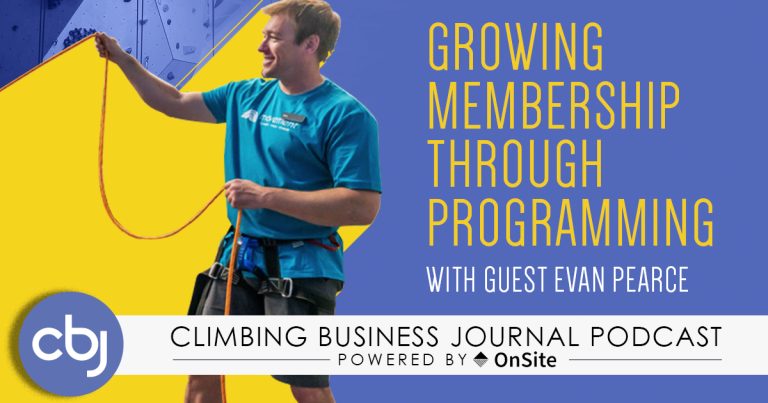


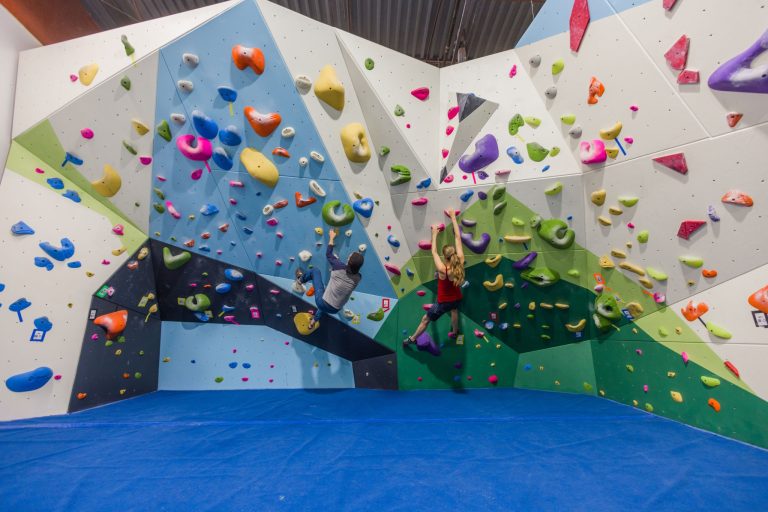
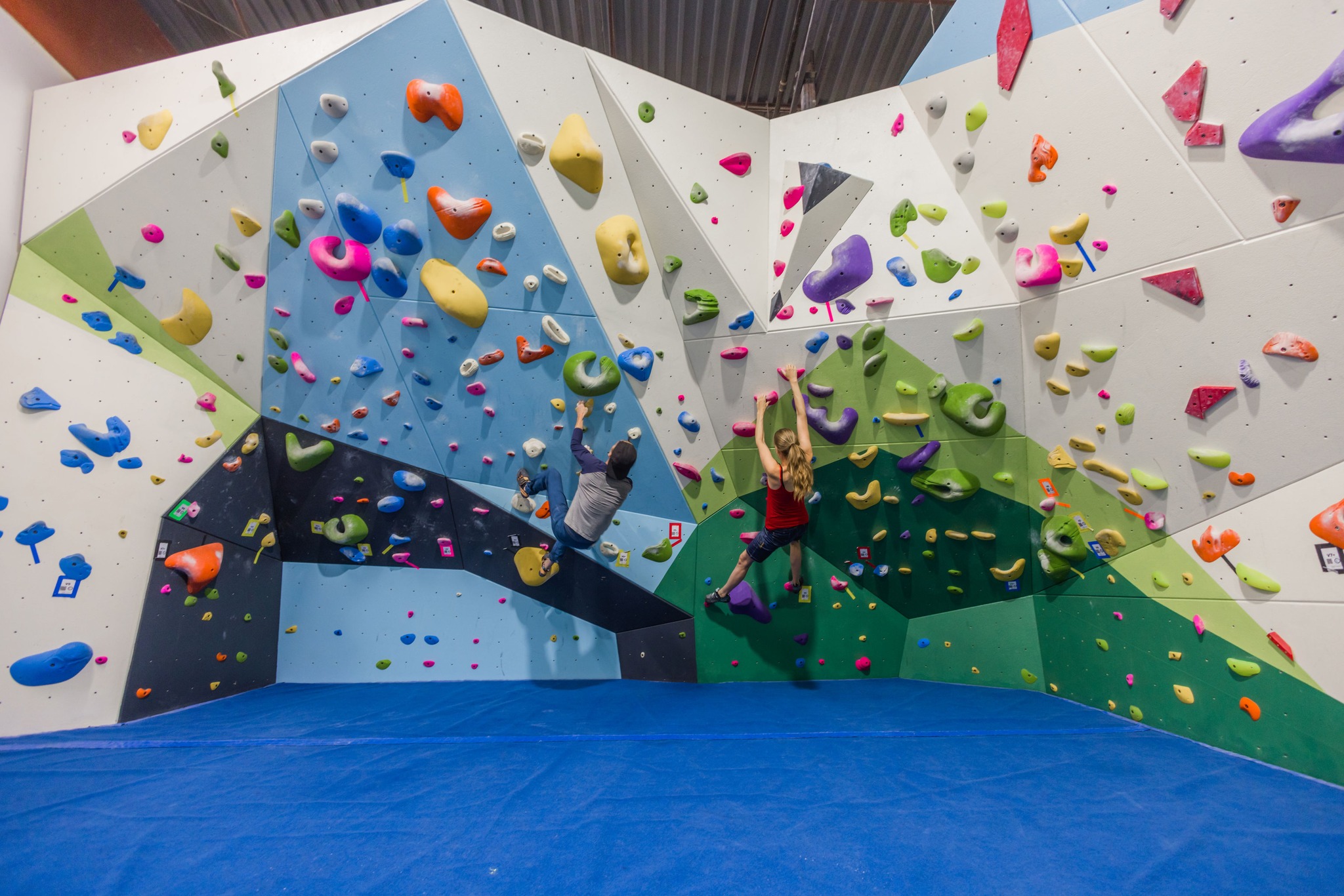

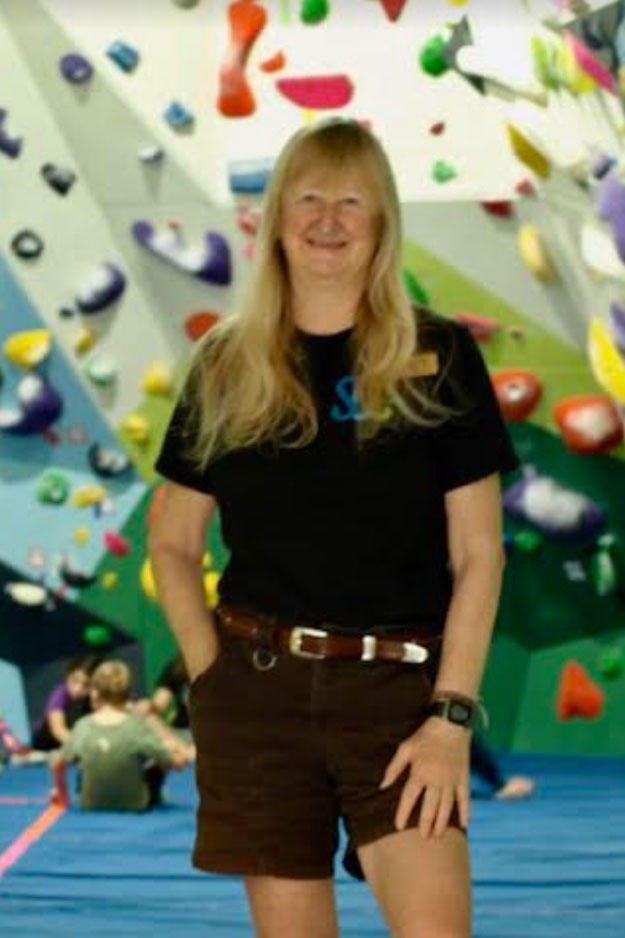



 CBJ hosts the most active job board for climbing businesses and organizations. Below are the latest posts from this past week…
CBJ hosts the most active job board for climbing businesses and organizations. Below are the latest posts from this past week…

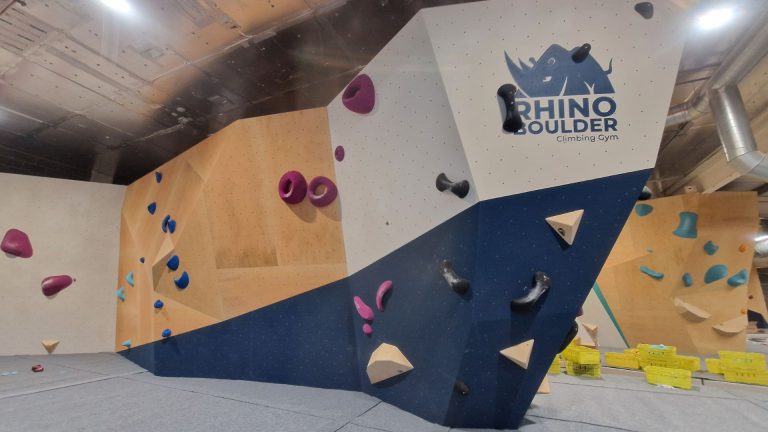
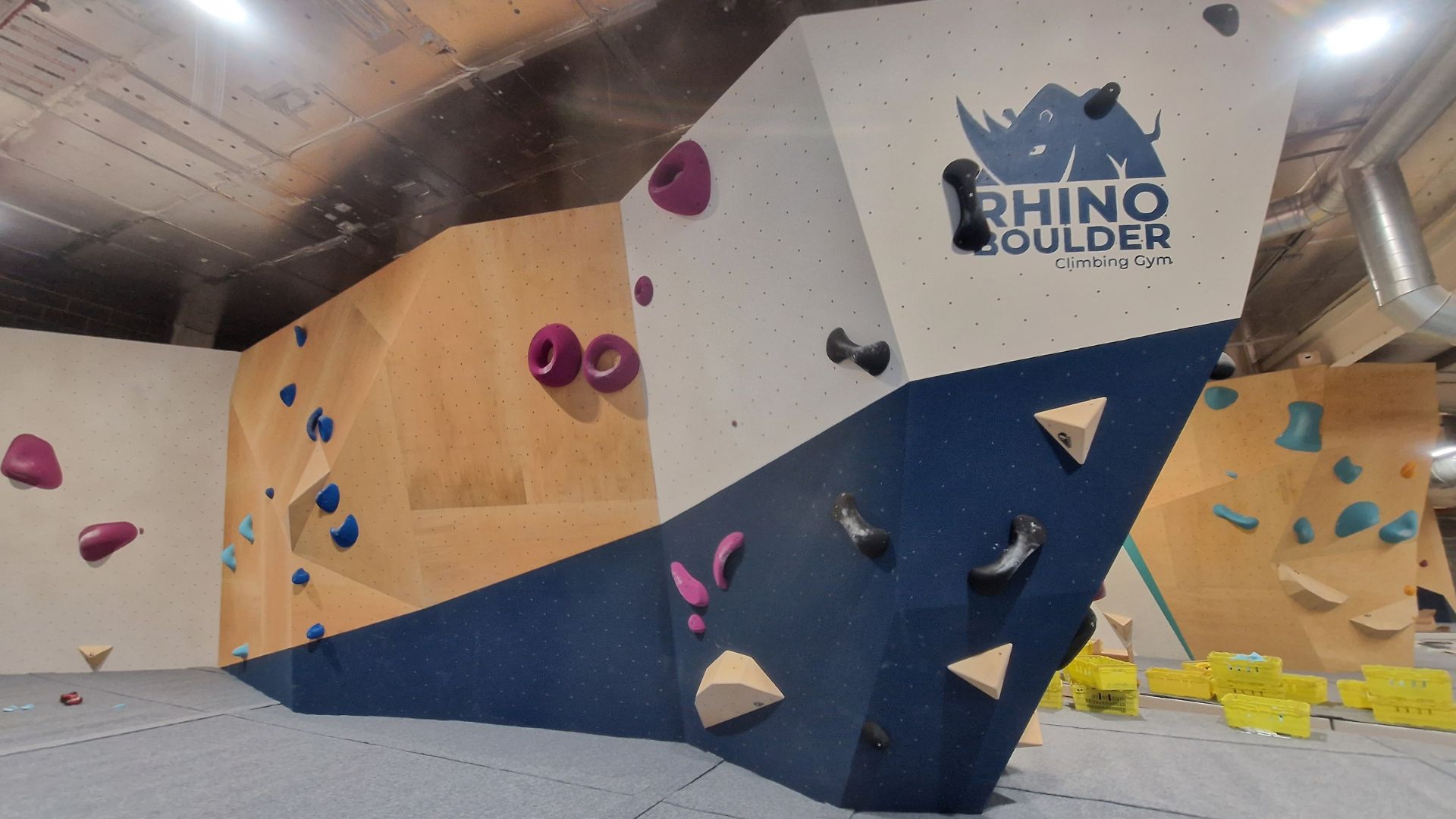

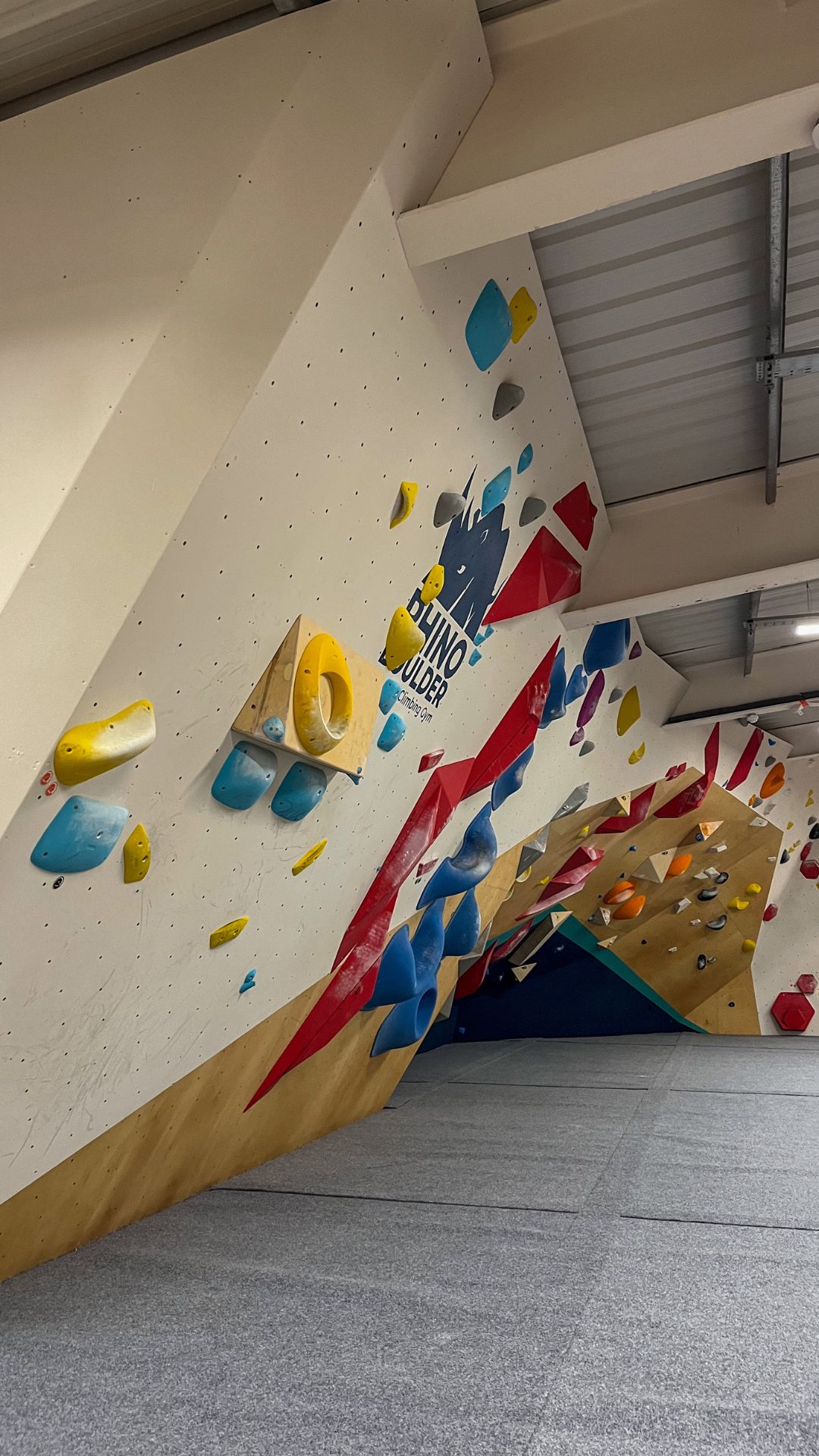
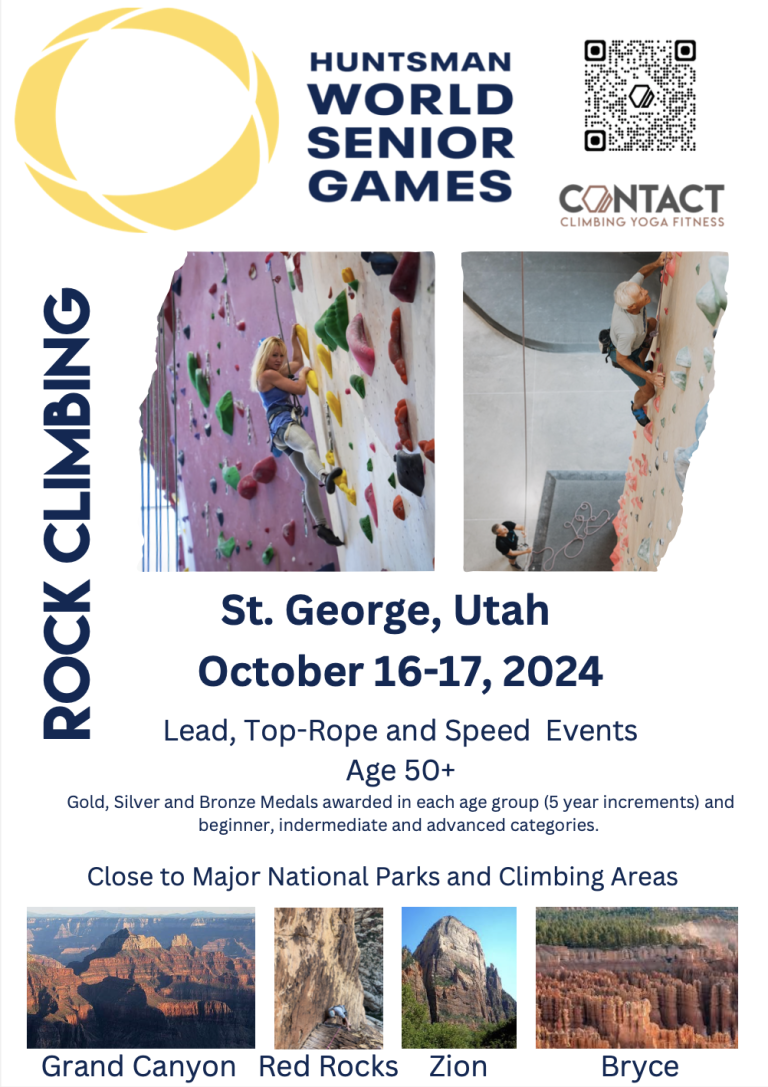
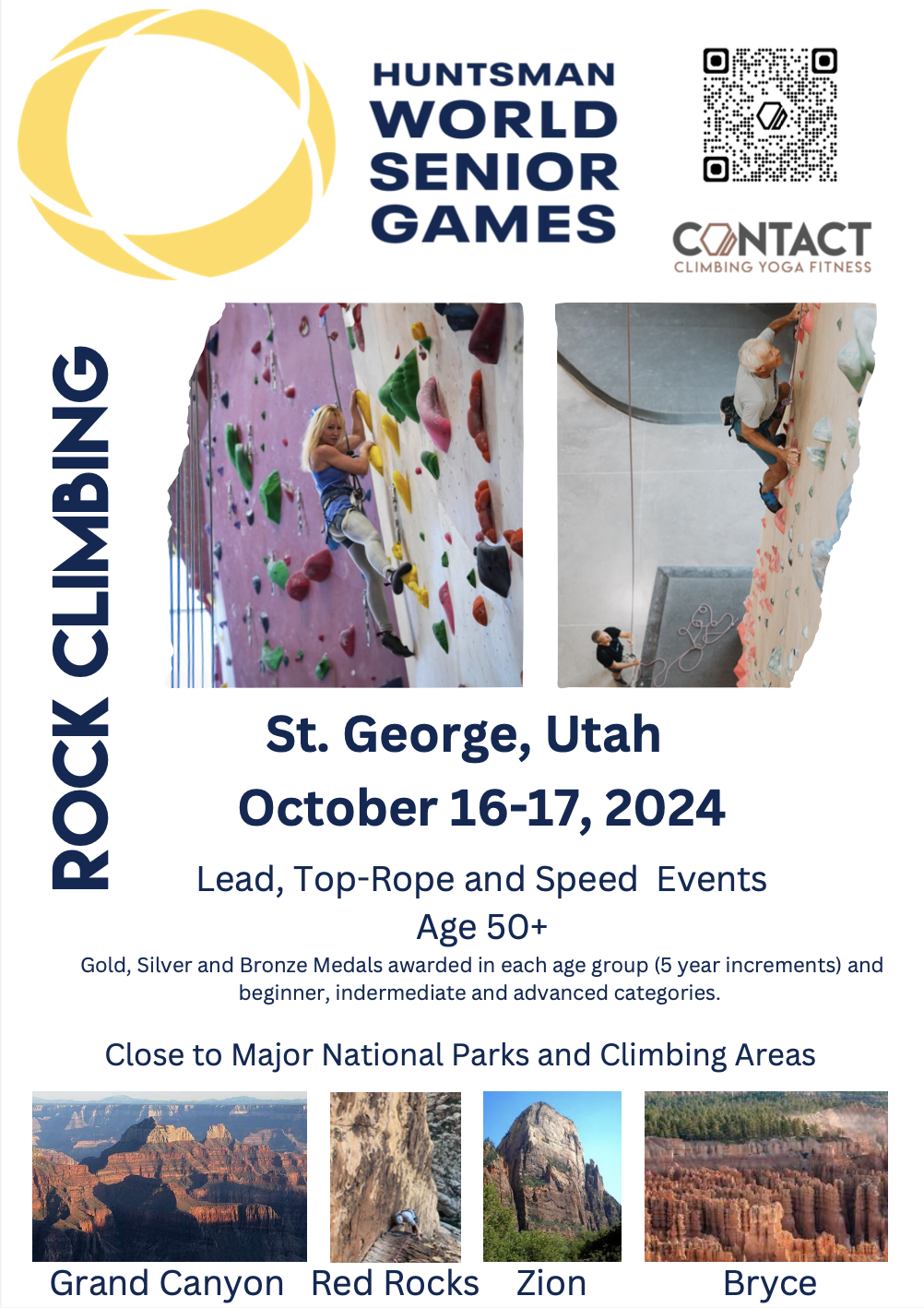 Every year the
Every year the 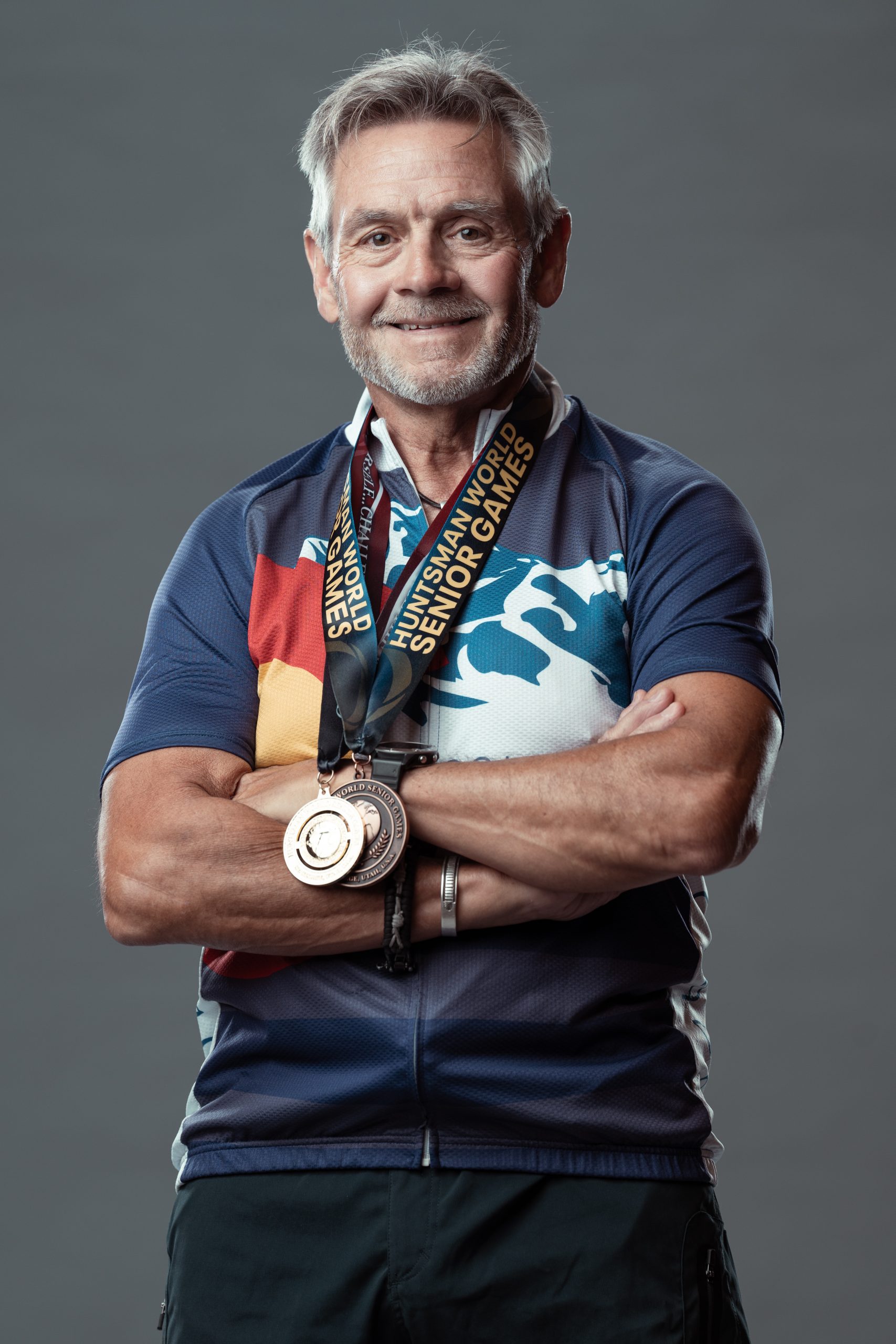 To help get the word out to the members of your climbing community who are age 50+ we have included a link to the Huntsman Senior Games website here:
To help get the word out to the members of your climbing community who are age 50+ we have included a link to the Huntsman Senior Games website here: 
 We are writing to let you know that the recently formed 12-member
We are writing to let you know that the recently formed 12-member 
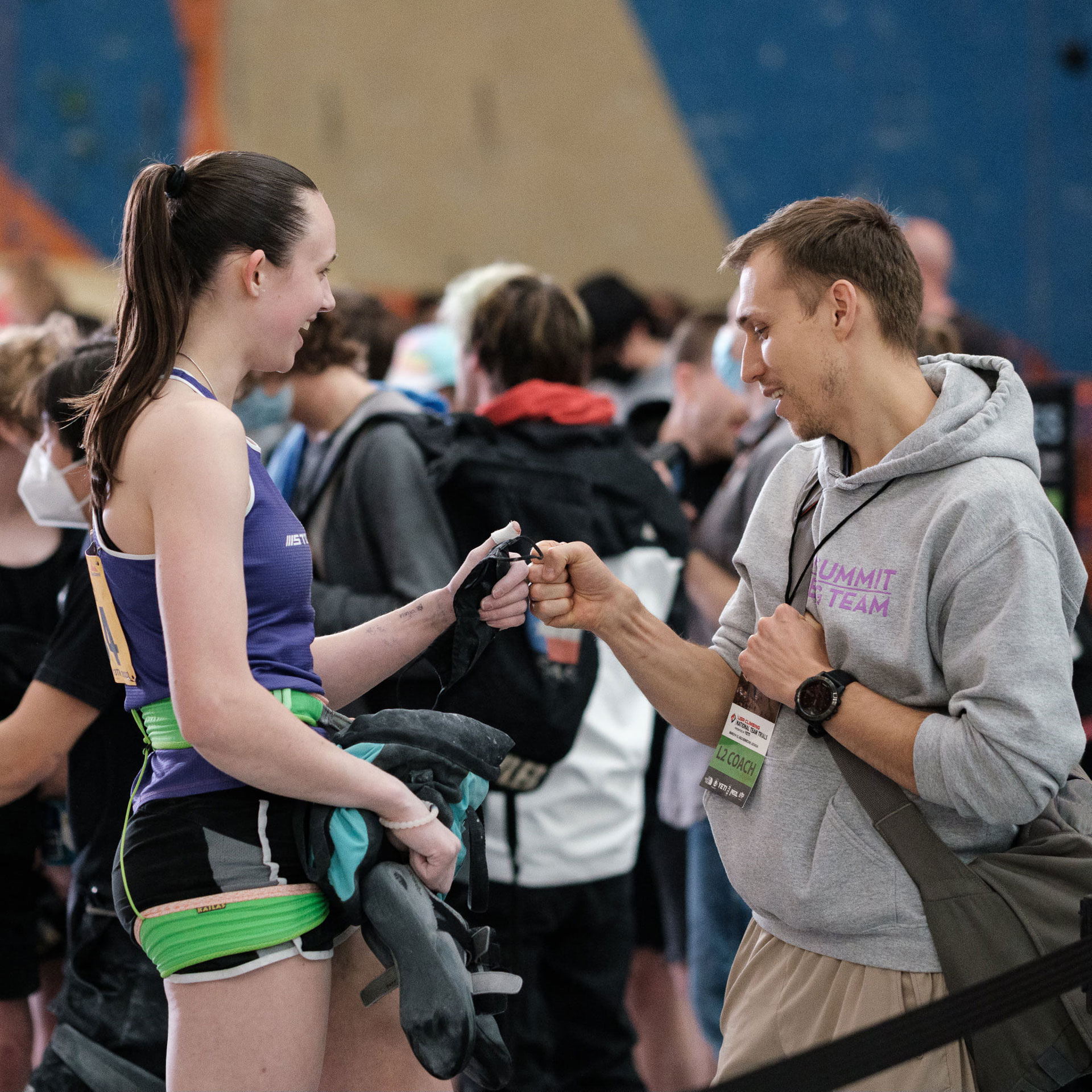

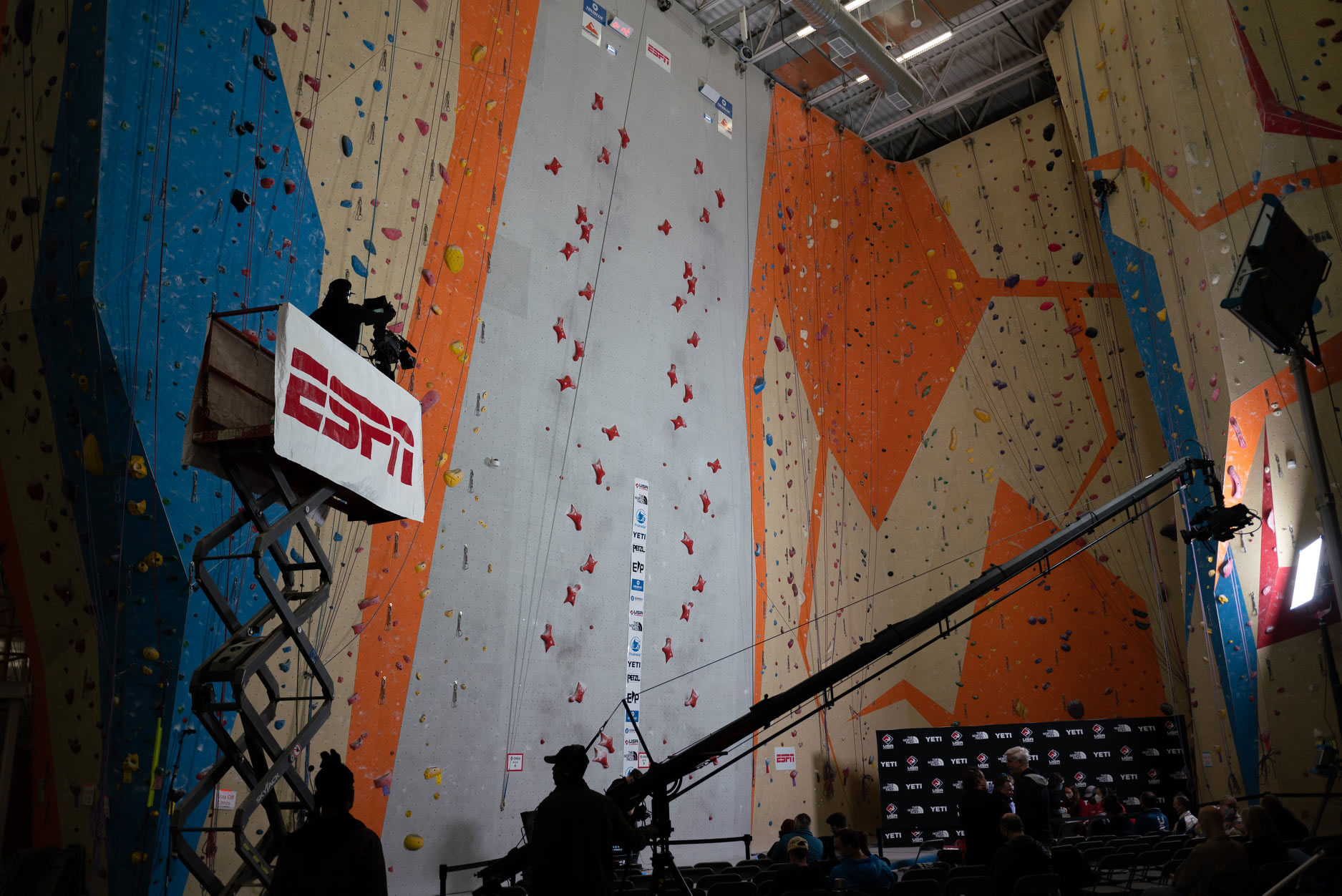


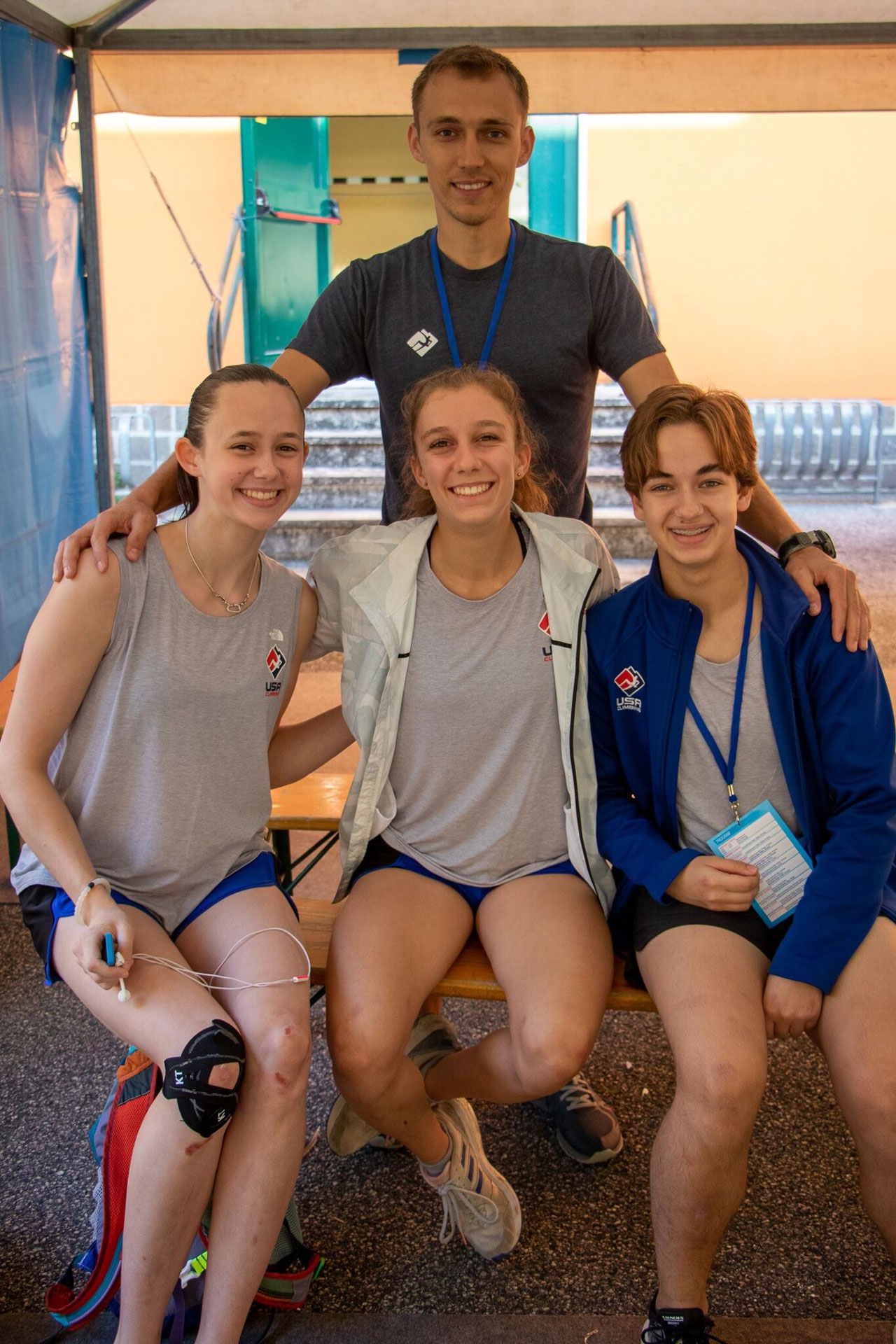
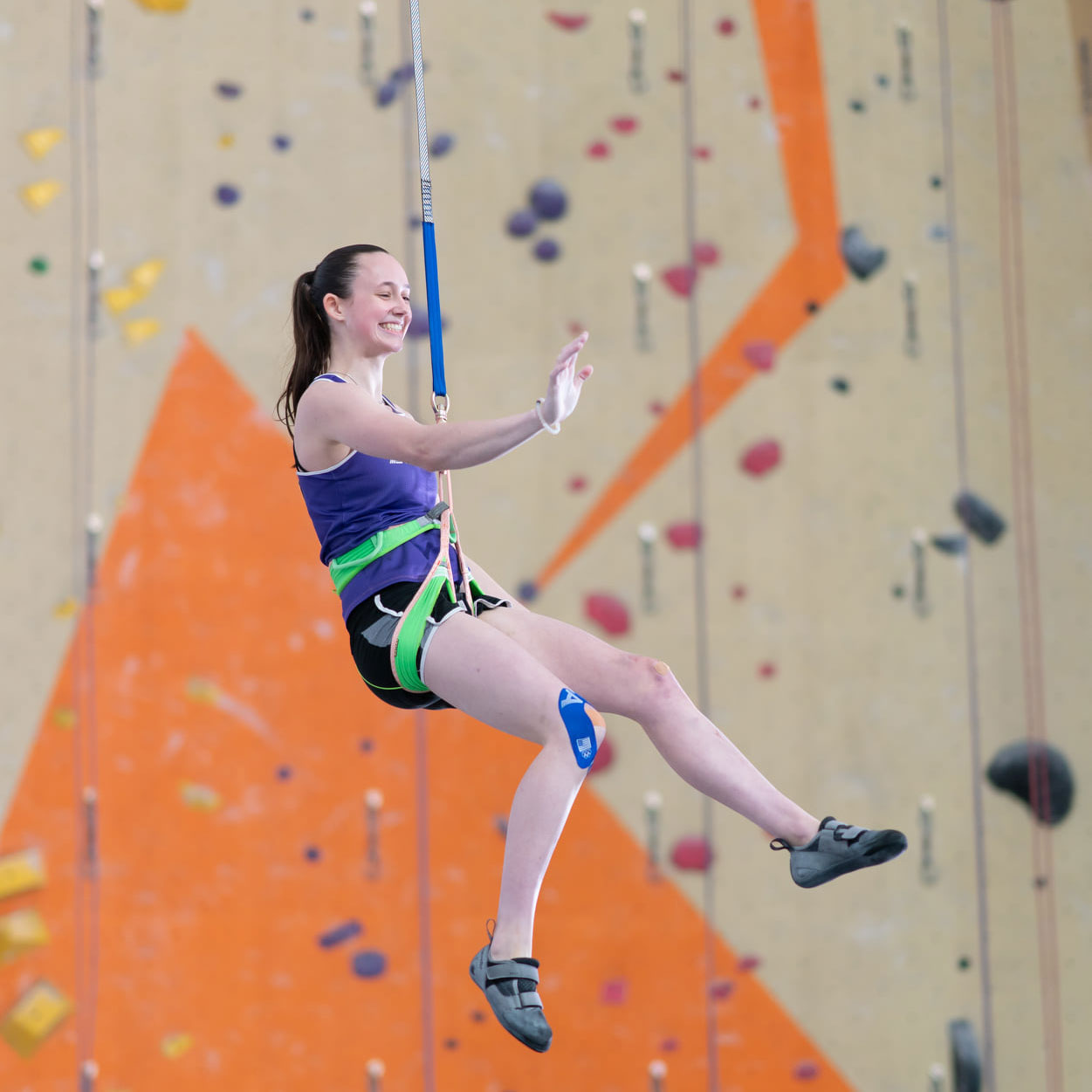
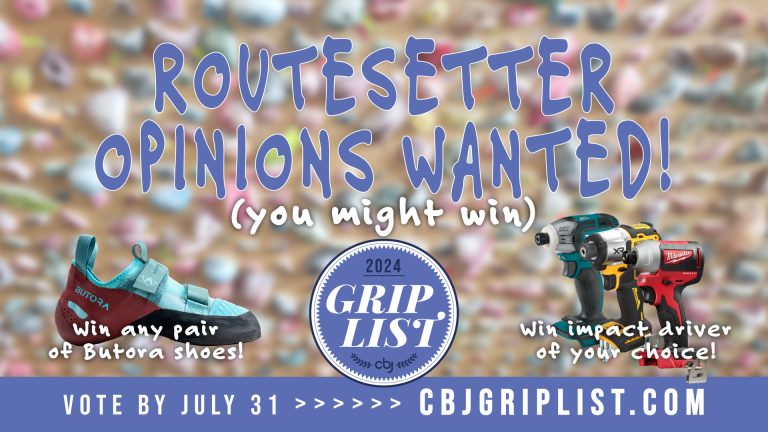
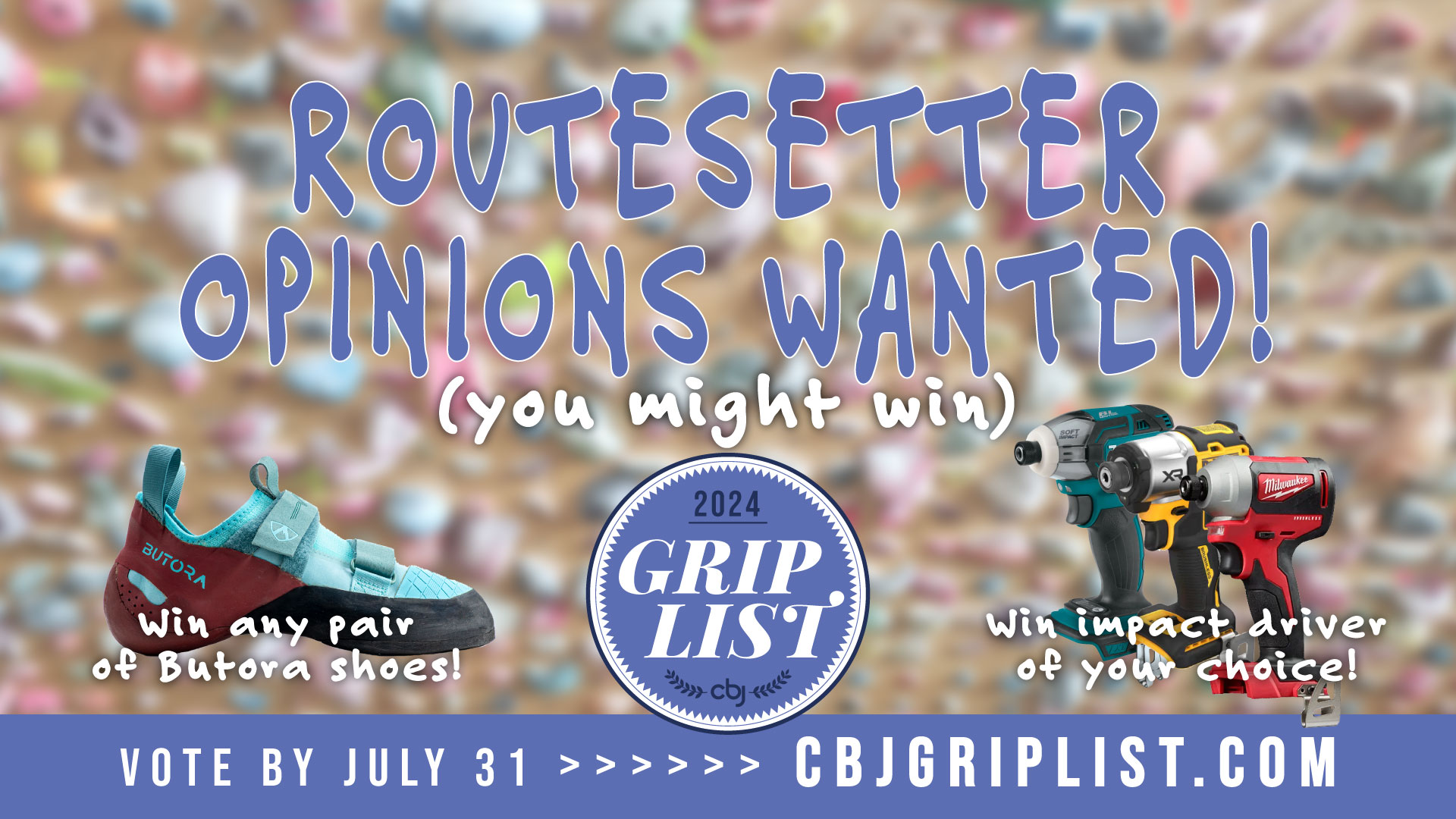


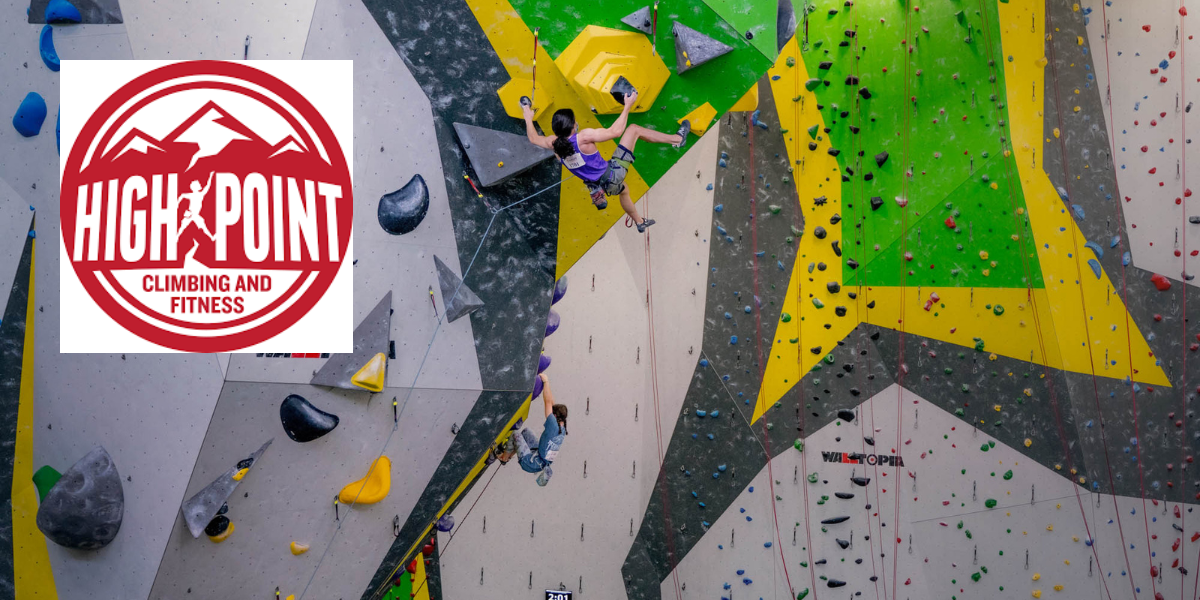 CBJ hosts the most active job board for climbing businesses and organizations. Below are the latest posts from this past week…
CBJ hosts the most active job board for climbing businesses and organizations. Below are the latest posts from this past week…

